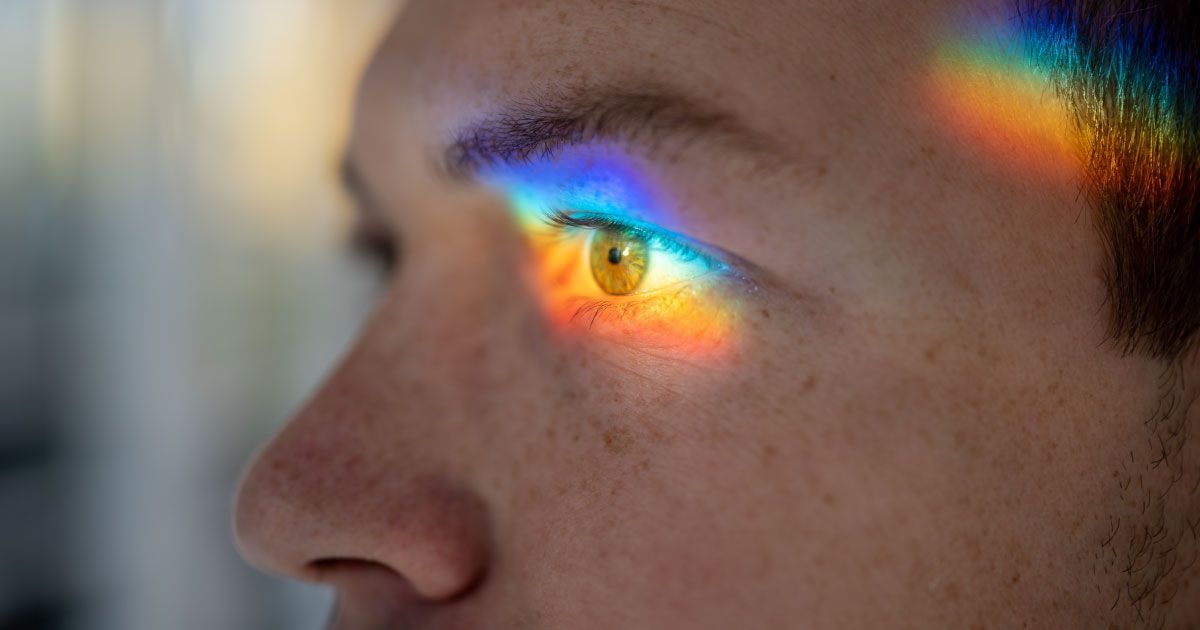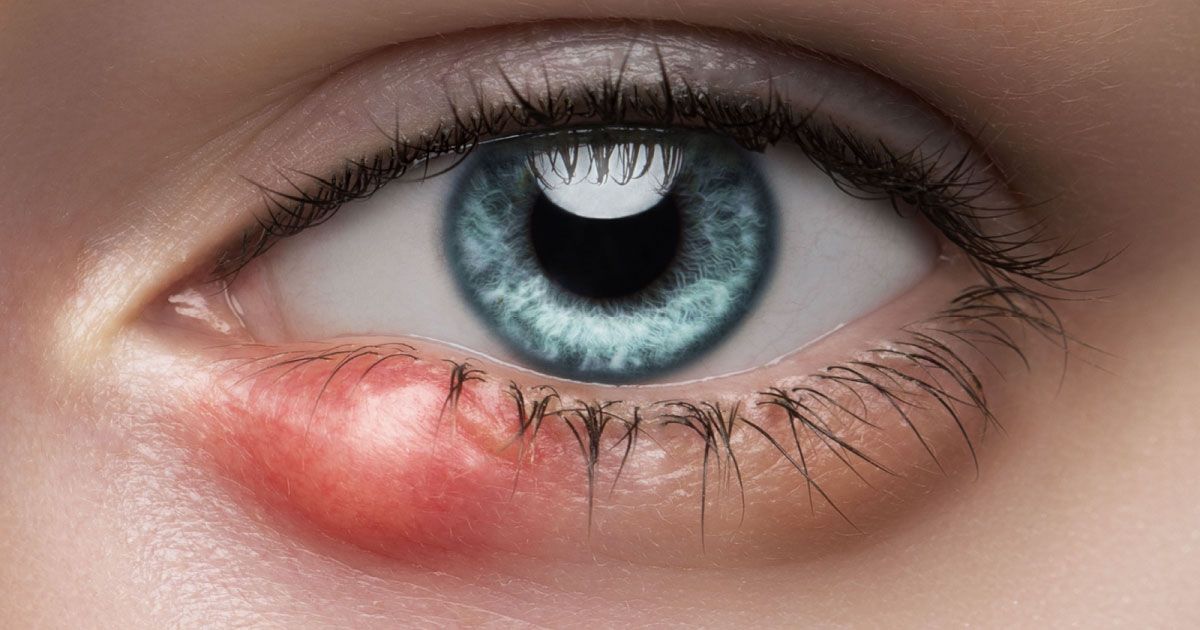Beyond Grayscale: The Scientific Revolution in Color Perception

Read time: 4 minutes
For decades, color blindness was considered an unchangeable condition. Today, breakthrough technologies are transforming how people with color vision deficiencies experience the world, offering hope and unprecedented visual experiences through innovative corrective lenses.
Understanding Color Blindness and Genetics
Color blindness isn't about seeing the world in black and white, as many believe. It's a complex genetic condition where certain color-sensitive cone cells in the retina function differently, making it challenging to distinguish between specific colors. Most commonly, individuals struggle to differentiate between reds and greens, creating a muted, less vibrant visual landscape.
The genetics of color blindness reveal a fascinating pattern: approximately 8% of males and 0.5% of females worldwide are affected by color vision deficiency. This significant gender disparity occurs because the genes responsible for the most common forms of color blindness are carried on the X chromosome. Since males have only one X chromosome, they're more likely to express the condition if they inherit the affected gene. Females, having two X chromosomes, need the gene to be present on both chromosomes to develop color blindness, making it much rarer in women.
Color blindness typically runs in families, following distinct inheritance patterns:
- A color blind father cannot pass the condition to his sons
- A color blind father will pass the gene to all his daughters, making them carriers
- A mother who is a carrier has a 50% chance of having a color blind son
- For a daughter to be color blind, her father must be color blind and her mother must be a carrier or color blind
The Scientific Breakthrough
Researchers have developed specialized optical technologies that fundamentally reimagine how light enters the eye. By carefully engineering lens materials and coatings, scientists can now selectively filter and manipulate specific light wavelengths, creating a bridge between how color-blind individuals traditionally see the world and a more nuanced color spectrum.
How Corrective Lenses Work
The most advanced color-blind corrective lenses use sophisticated spectral filtering techniques. These lenses don't simply add color but strategically separate overlapping color wavelengths that typically cause confusion for color-blind individuals. By creating greater contrast between specific color ranges, the lenses help the brain more effectively interpret color information.
Emotional and Psychological Impact
Beyond technical specifications, these technologies represent a profound emotional journey. Many individuals experiencing color correction for the first time describe it as transformative—suddenly seeing the world with a vibrancy they've never experienced. Imagine witnessing a sunset's full palette or distinguishing between subtle shades of green for the first time.
Types of Color Vision Correction
Different types of color blindness require unique technological approaches based on genetic variations:
- Deuteranomaly (reduced green sensitivity) affects about 5% of males and is caused by a mutation in the green cone photopigment gene
- Protanomaly (reduced red sensitivity) affects about 1% of males and stems from mutations in the red cone photopigment gene
- Tritanomaly (blue-yellow color blindness) is equally rare in both males and females as it's not X-linked
Each solution is essentially a personalized optical engineering marvel, designed to address the specific genetic variation causing the color vision deficiency.
Technological Limitations and Ongoing Research
While current technologies offer remarkable improvements, they aren't perfect universal solutions. Color correction varies based on individual physiology, and not everyone experiences the same level of enhancement. Ongoing research focuses on developing more personalized, genetically tailored approaches to color perception correction.
These technologies represent more than medical interventions. They challenge our understanding of perception, demonstrating how technological innovation can fundamentally alter human sensory experiences. Color-blind corrective technologies invite us to reconsider the nature of vision itself.
Emerging research suggests future technologies might go beyond current lens-based solutions. Genetic therapies, neural retraining techniques, and even advanced augmented reality systems could offer even more sophisticated color perception enhancements.
The Role of Genetic Testing
Modern genetic testing can now precisely identify the specific mutations causing color blindness, allowing for more targeted interventions. This genetic information helps researchers develop increasingly sophisticated correction methods tailored to individual genetic profiles. Some families choose genetic counseling when planning for children, particularly if there's a family history of color blindness.
The Takeaway
Color-blind corrective technologies embody human ingenuity—our persistent ability to understand, decode, and ultimately transform biological limitations. They remind us that perception is not a fixed experience but a dynamic, malleable landscape waiting to be explored.
What was once considered an unchangeable condition is now a frontier of scientific possibility, promising broader, richer visual experiences for millions worldwide.
The information provided in this article is intended for general knowledge and educational purposes only and should not be construed as medical advice. It is strongly recommended to consult with an eye care professional for personalized recommendations and guidance regarding your individual needs and eye health concerns.
All of Urban Optiks Optometry's blog posts and articles contain information carefully curated from openly sourced materials available in the public domain. We strive to ensure the accuracy and relevance of the information provided. For a comprehensive understanding of our practices and to read our full disclosure statement, please click here.
OUR LATEST POSTS
© Urban Optiks Optometry, Inc. 2009-2025
All Rights Reserved
Location
The Cairo Building
3788 Park Blvd, Suite 5
San Diego, CA 92103
Phone: 619.683.2020
Text: 619.683.2020
Fax: 619.683.2111
Email: info@uoosd.com
Hours
Monday: 9 am – 7 pm
Tuesday: 9 am – 6 pm
Wednesday: 9 am – 6 pm
Thursday: 9 am – 7 pm
Friday: 9 am – 6 pm
Saturday: 9 am – 5 pm
Sunday: Closed


















